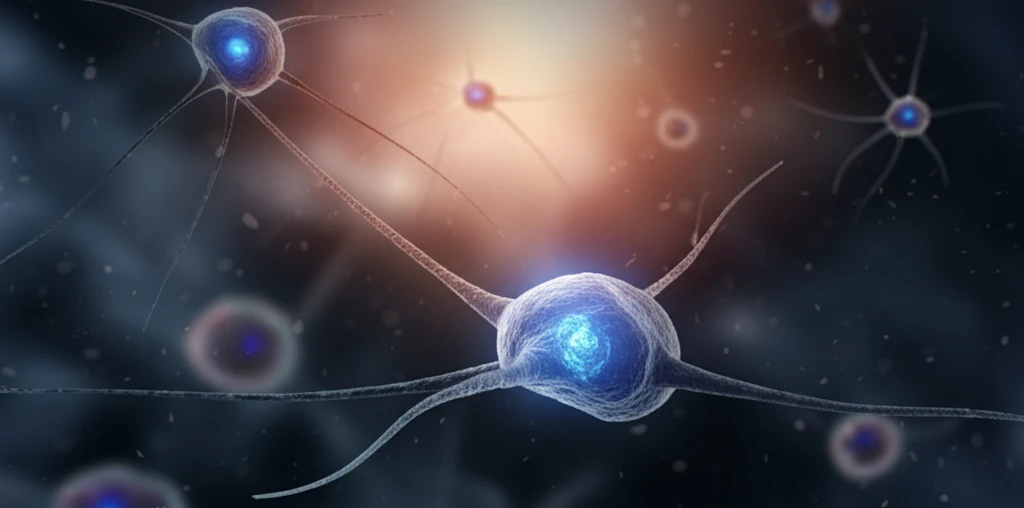
New Hope for Cancer Imaging: Novel Thymidine Analogs Show Promise
"Scientists synthesize innovative radioactive tracers that could revolutionize how we detect and monitor tumor growth"
For years, the PET radiotracer 2-[18F]fluoro-2-deoxy-D-glucose (18F-FDG) has been a cornerstone in tumor detection. However, its limitations, such as producing false results and poor brain tumor contrast, necessitate the search for more refined tools. As continuous proliferation marks cancer, directly targeting DNA synthesis is one of the potential options for accurate results.
Researchers have turned their attention to radiolabeled DNA precursors, particularly thymidine and its analogs. These modified molecules, tagged with positron emitters like 11C, 18F-FLT, and 18F-FMAU, effectively trace tumor proliferation and serve as valuable prognostic indicators. Despite their effectiveness, the reliance on expensive cyclotrons for radionuclide production limits their accessibility.
Technetium-99m (99mTc) provides a cost-effective alternative. The search for 99mTc-labeled thymidine analogs has intensified, focusing on developing novel radiotracers with improved properties. The 99mTc(CO)3+ complex, known for its ease of preparation and versatile substitution capabilities, has emerged as a promising tool in radiopharmaceutical chemistry.
A Click Towards Clarity: Synthesizing and Evaluating Novel Thymidine Analogs

A team of researchers successfully synthesized four novel thymidine analogs (6a, 6b, 6c, and 6d) using a "click chemistry" approach. This method involves linking molecules through a copper-catalyzed reaction, creating stable triazole connections, a technique widely used in bioconjugation and radiopharmaceutical development. The synthesized analogs were then radiolabeled with the 99mTc(CO)3+ core, producing corresponding complexes for evaluation.
- Hydrophilicity: The complexes were found to be water-soluble, which aids in their distribution throughout the body.
- In Vitro Stability: They exhibited good stability under laboratory conditions, ensuring they remain intact long enough to reach their target.
- Biodistribution: Studies in mice with S180 tumors revealed that all four complexes accumulated within the tumors, suggesting their potential as imaging agents.
Future Directions
These preliminary results suggest that 99mTc(CO)3-labeled thymidine analogs hold promise as potential tumor imaging agents. Further research is needed to fully evaluate their capabilities and optimize their use in clinical settings. These molecules represent a step forward in the ongoing quest for more effective and accessible cancer imaging techniques.
